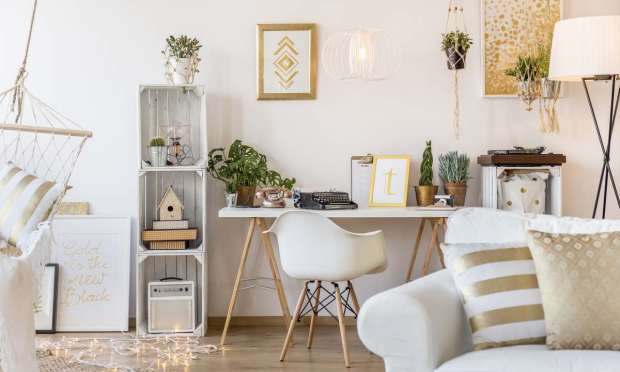From Beds To Bird Feeders: Expanding Home Improvement Category Extends Nesting Trend

A spate of solid earnings reports in the home improvement and furnishings space this week has allayed fears that the red-hot nesting trend spawned by the pandemic was starting to fade. As much as the status of the fight against COVID has changed, so too has the variety of retailers that compete in this expanding and changing segment aimed at making people’s homes more comfortable, both inside and out.
For example, Home Depot’s latest release indicates that consumers’ unprecedented nesting instinct is still going strong — with same-store sales surging over 30 percent from a year ago.
“Fiscal 2021 is off to a strong start as we continue to build on the momentum from our strategic investments and effectively manage the unprecedented demand for home improvement projects,” Chairman and CEO Craig Menear said in the announcement.
And Home Depot was far from the only player in the field pushing out big numbers this week, as rival Lowe’s also had a big Q1 pushed by consumer hunger for home improvement that saw its sales grow 25 percent.
“Our outstanding performance continued this quarter, as we delivered strong sales growth and operating margin expansion,” Lowe’s President and CEO Marvin R. Ellison said in the announcement. “Looking forward, I remain confident in our ability to accelerate our market share gains while driving further improvement in operating margin.”
Home furnishings marketplace Chairish Co-Founder and President Anna Brockway told Karen Webster in a recent conversation that the market’s growth is not likely not going to be a temporary phenomenon. Consumers, she noted, didn’t just spend a year at home, but spent a year redefining the home and its use. The ability to get back out there will come, she said, but our new connections with our living spaces will not disappear, nor will the new ways we’ve learned to shop for those homes. Brick-and-mortar furniture shopping, she said, isn’t going away, but its era of dominance when it comes to shopping for home goods and décor is probably over.
“But once people develop new habits, which has been happening a lot over the past year, and consumers experience the selection and the ease and the discovery and the delight of our brand, that’s something that will stick around in the long term,” she said.
Likewise, Wayfair CEO and Co-Founder Niraj Shah is confident that elevated demand for home goods and furniture will continue even as pandemic restrictions ease. He’s even more confident his platform will be able to defend its turf against larger competitors chasing the burgeoning home opportunity.
Shah told analysts on Wayfair’s first-quarter earnings call, wherein the online furniture retailer reported a 41 percent sales spike year on year, that the consumer rush to feather the nest is becoming more expansive. Early in the pandemic, he noted, Wayfair saw sales surge as workers spruced up home offices and built out home-school rooms for their virtual learning kids. But he told investors on the quarterly call that patterns have been shifting and expanding as the pandemic has worn on.
Even as demand for travel and entertainment are returning, Shah told investors, the pandemic has “fundamentally increased the share of wallet customers will spend on their homes in the future and the amount they will spend online.”
Because, as the PYMNTS How We Will Pay report demonstrates, home is not what it once was to the average consumer — it’s no longer just a place to lay one’s head or catch a quick shower. Instead consumers are routinely using connected devices throughout their homes to shop, pay, work and be entertained. They are performing 12 percent more activities at home in 2020 than they did in 2019 and making purchases during 12 percent of those activities, on average.
Home is becoming something much more to consumers than it ever was — meaning home improvement stores, home furnishing seller, decorators and others will be busy for quite some time helping consumers recreate their castles for modern needs.
